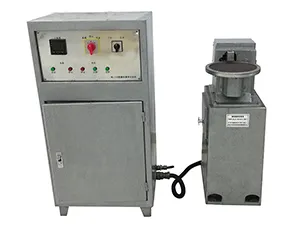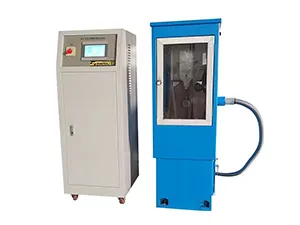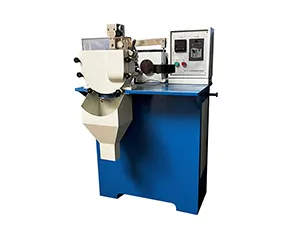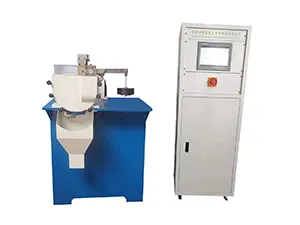We are here to support your industrial balancing and wear testing needs
Abrasive wear testing machine is designed to evaluate the wear resistance of different materials, with particular suitability for testing abrasives and grinding tools. The wear testing equipment simulates real service conditions by applying abrasive particles to the material surface, generating controlled friction and wear.
By measuring wear resistance, the abrasion tester provides valuable data for optimizing the selection of abrasives and grinding tools, supporting improvements in product performance and quality.
- Adjustable load, speed, and abrasive type allow simulation of a wide range of complex wear conditions, including dry wear, wet wear, and erosion
- Integrated computer control system enables real-time data acquisition, analysis, and automated report generation
- Modular design ensures simple operation and makes it easy to replace both specimens and abrasives
Can be applied to metals, ceramics, composites, and coating materials for reliable wear performance evaluation. It is widely used in scientific research, universities, quality inspection agencies, and industrial enterprises, meeting the diverse needs of material testing and development across multiple sectors.
What is the difference between the abrasive wear tester and the friction & wear tester?
What are the common test methods?
Three main abrasive wear modes are supported:
- Dry sand rubber wheel wear test
- Wet sand abrasive wear test
- Impact abrasive wear test




